Objects in flux: Boston's Museum of Fine Arts explores the changing face of craft
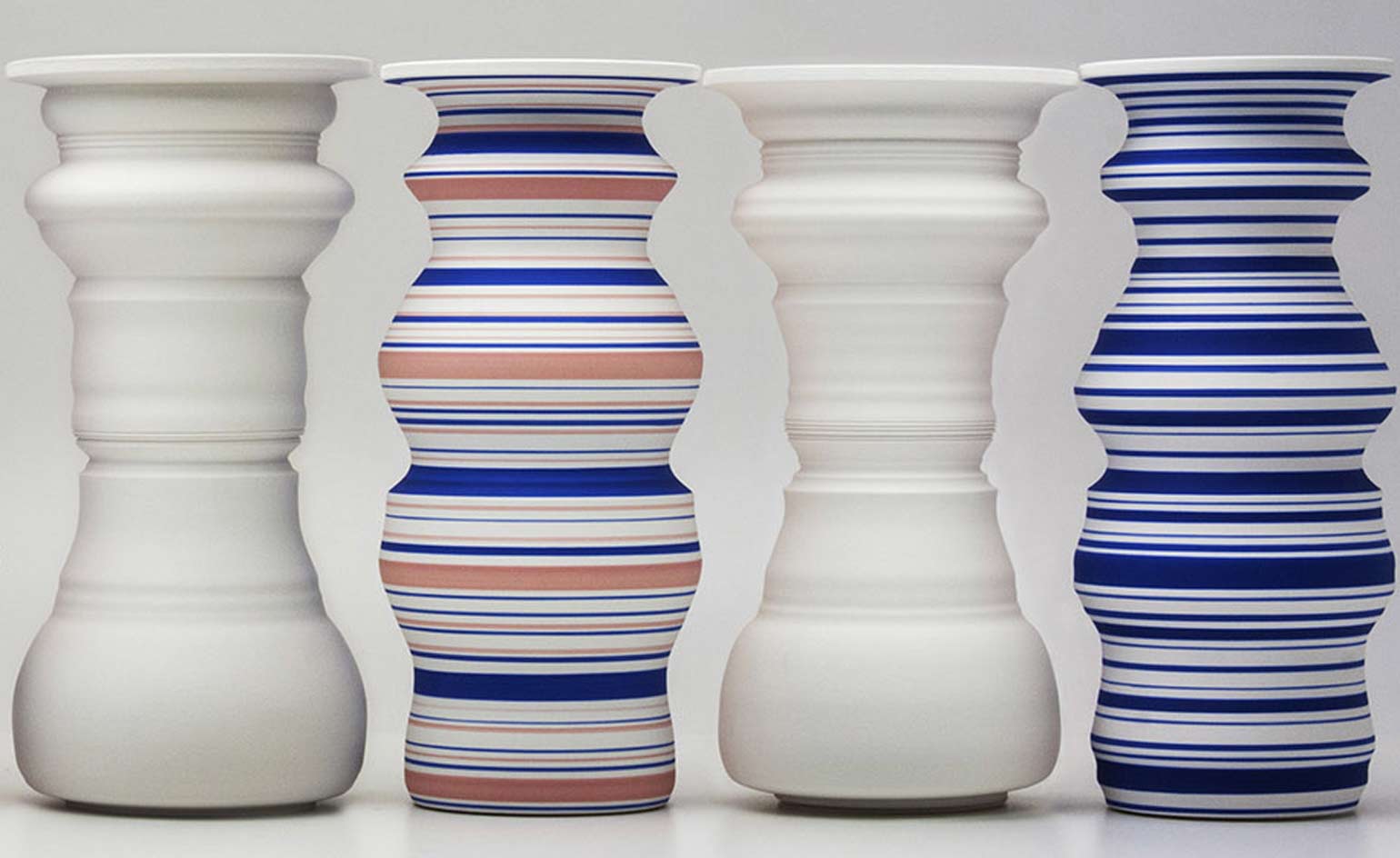
Probably one of the most overused yet ambiguous words within the design industry, the definition of the word 'craft' has undergone a dramatic shift since the end of the Second World War. Where in the past it was simply defined as the skilful making of objects by hand, the continually blurring boundaries between the disciplines of art, craft and design have challenged this notion.
Crafted: Objects in Flux, a new exhibition at the Museum of Fine Arts in Boston sets out to explore this subject by placing craft into a larger historical context. The show 'introduces a diverse group of international artists who strive to subvert our expectations of craft within the complex field of contemporary art,' explains Malcolm Rogers, the Museum's outgoing Ann and Graham Gund Director. 'These artists use a wide range of 21st century materials, technologies and modes of display to expand notions of what a crafted object is and can be.'
Comprising over 50 pieces by 41 emerging and established artists, each of the exhibits have been made since 2003 and each incorporate materials, forms or ideas traditionally associated with the field of craft. Made using a diverse range of processes and materials – fibre, glass, ceramics, wood, metal and jewellery among others – the works are organised into three themes: 'The Re-Tooled Object', 'The Performance Object' and 'The Immersive Object'.
'Re-Tooled' objects include Anton Alvarez’s chair, which was created using his own 'Thread Wrapping Machine', and Faig Ahmed’s distorted Azerbaijani carpets, which fuse traditional carpet making techniques and patterns with his own digitally-distorted interventions.
Site-specific works in the exhibition that represent 'The Immersive Object' include Nathan Craven's 2015 'Poros' installation, where thousands of hollow ceramic elements that reference flora, sunbursts, amoebas and comic books cover the gallery's large square window, illuminated by natural light.
Other pieces show how craft is inherently 'performative' and celebrate the theatrical aspect of making. In this section, US-based Japanese artist Etsuko Ichikawa uses a blowpipe as a de facto paintbrush, trailing molten glass over dampened paper to create calligraphic lines that she calls 'Firewritings'.
As a permanent record of the exhibition's works and the themes it explores, author and Museum curator Emily Zilber has put together a publication to accompany the show. 'I hope that this exhibition will encourage visitors to expand their perception of what craft can look like and say,' she explains. 'I am thrilled to be able to present the works of so many talented artists who have made exciting new artworks through an embrace of shifting boundaries integrated with skilful making.'
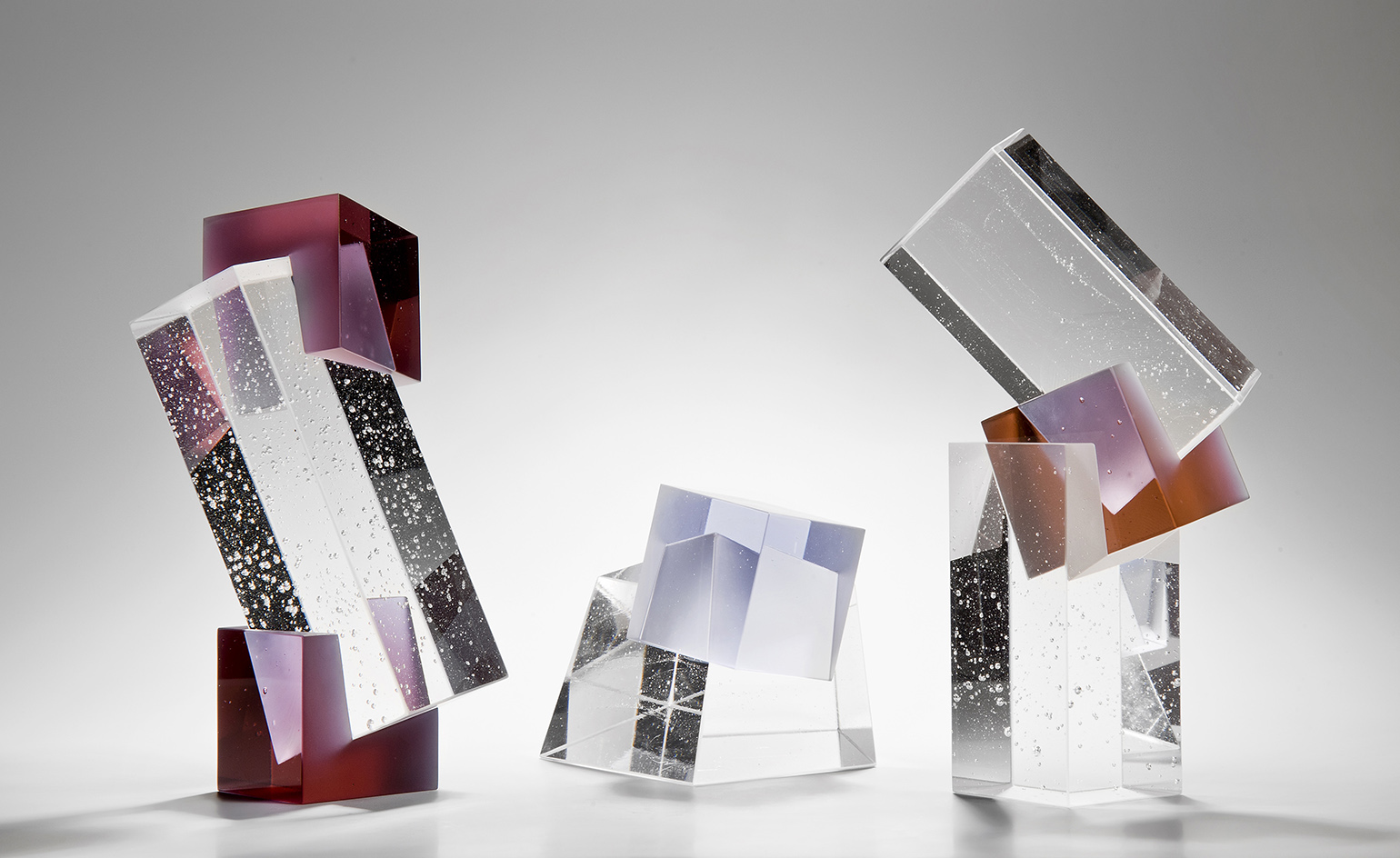
Comprising over 50 pieces by 41 emerging and established artists, each of the exhibits have been made since 2003 and each incorporate materials, forms or ideas traditionally associated with the field of craft. Pictured: Heike Brachlow's Theme and Variations I, 2009; Syntax V, 2014; and Axiom XII, 2014.
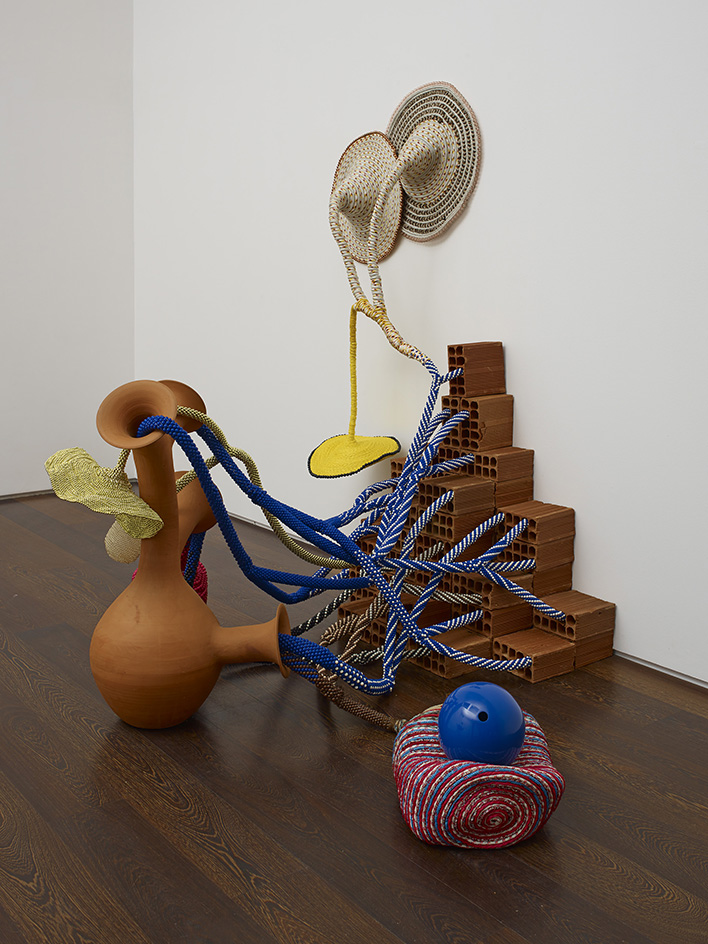
'These artists use a wide range of 21st century materials, technologies and modes of display to expand notions of what a crafted object is and can be,' explains Malcolm Rogers, the Museum's outgoing Ann and Graham Gund Director. Pictured: Untitled by Maria Nepomuceno, 2013. Photography courtesy of Stephen D and Susan W Paine Acquisition Fund for 20th Century and Contemporary Art
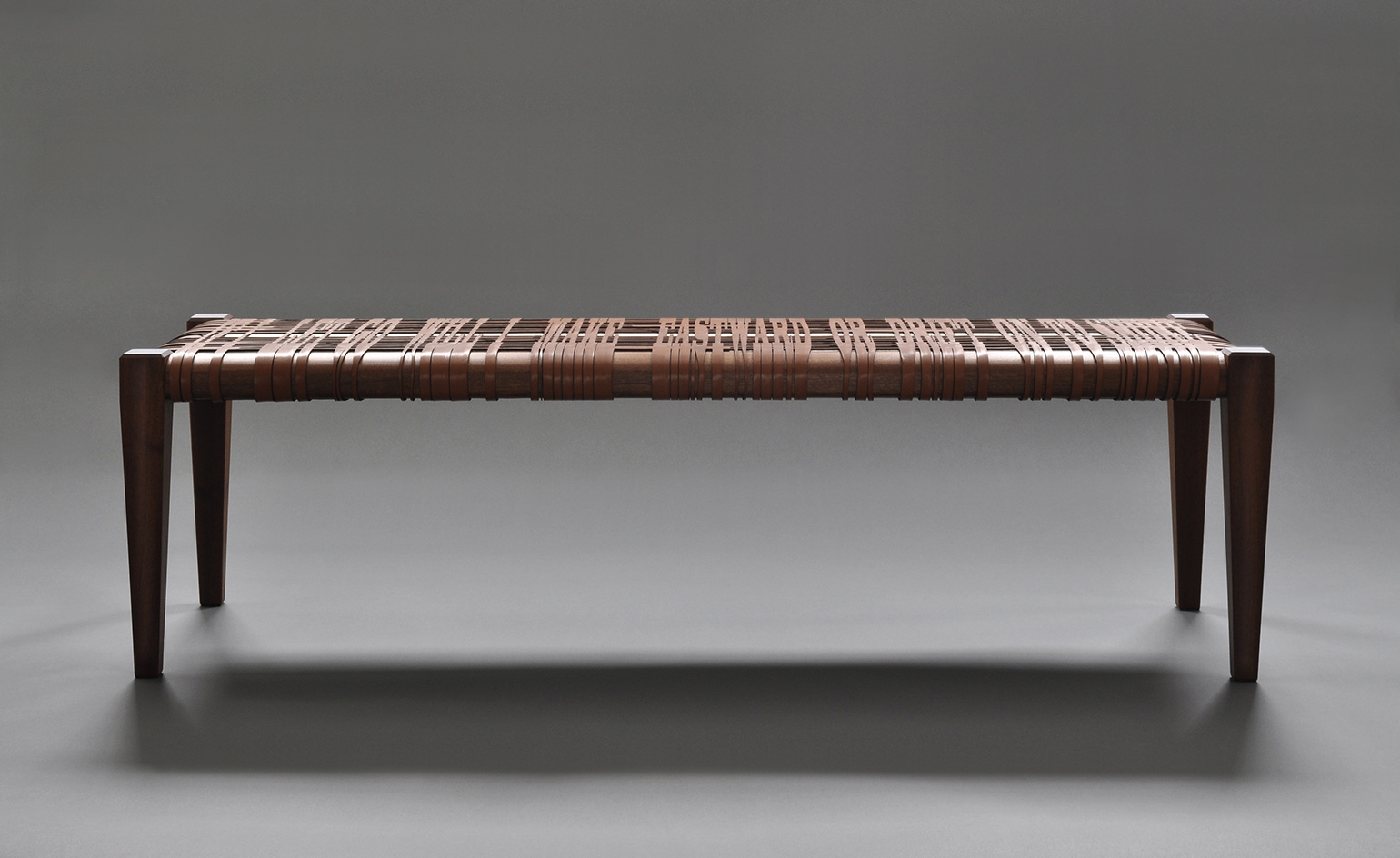
The works are organised into three themes: 'The Re-Tooled Object', 'The Performance Object' and 'The Immersive Object'. Pictured: Newdrift by Ian Stell, 2013.
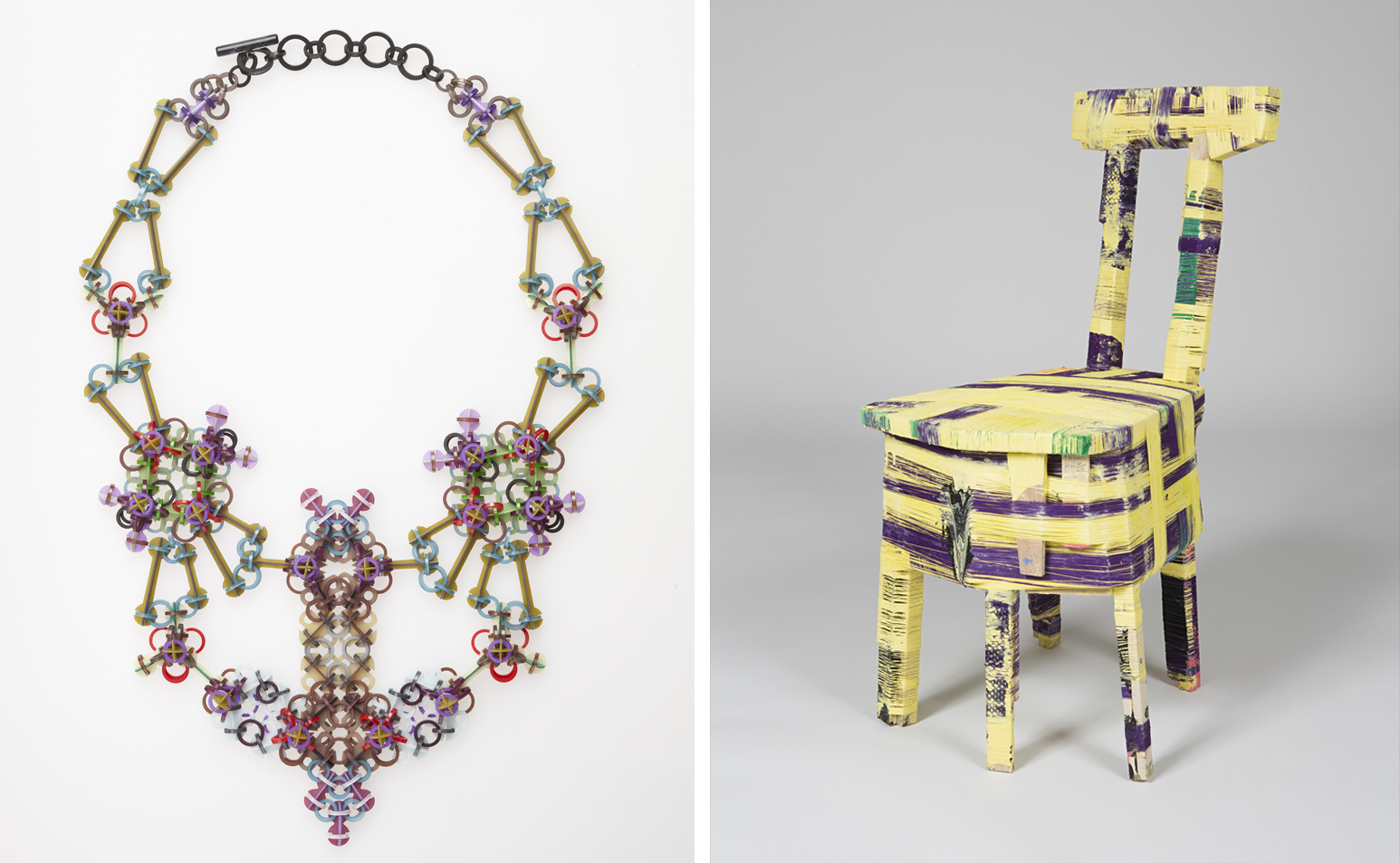
'Re-Tooled' objects include Anton Alvarez’s chair, which was created using his own 'Thread Wrapping Machine' (right) and Svenja John's jewellery (left). Made from Makrofol, a processed polycarbonate foil found more typically in bicycle helmets and solar panels, John's jewellery explores centuries-old themes of ornamentation and symmetry in a contemporary material. Pictured left: Wittenberg by Svenja John, 2014. Photography courtesy of the artist and Jewelers' Werk Galerie. Right: The Thread Wrapping Machine Chair 090415 by Anton Alvarez, 2015.
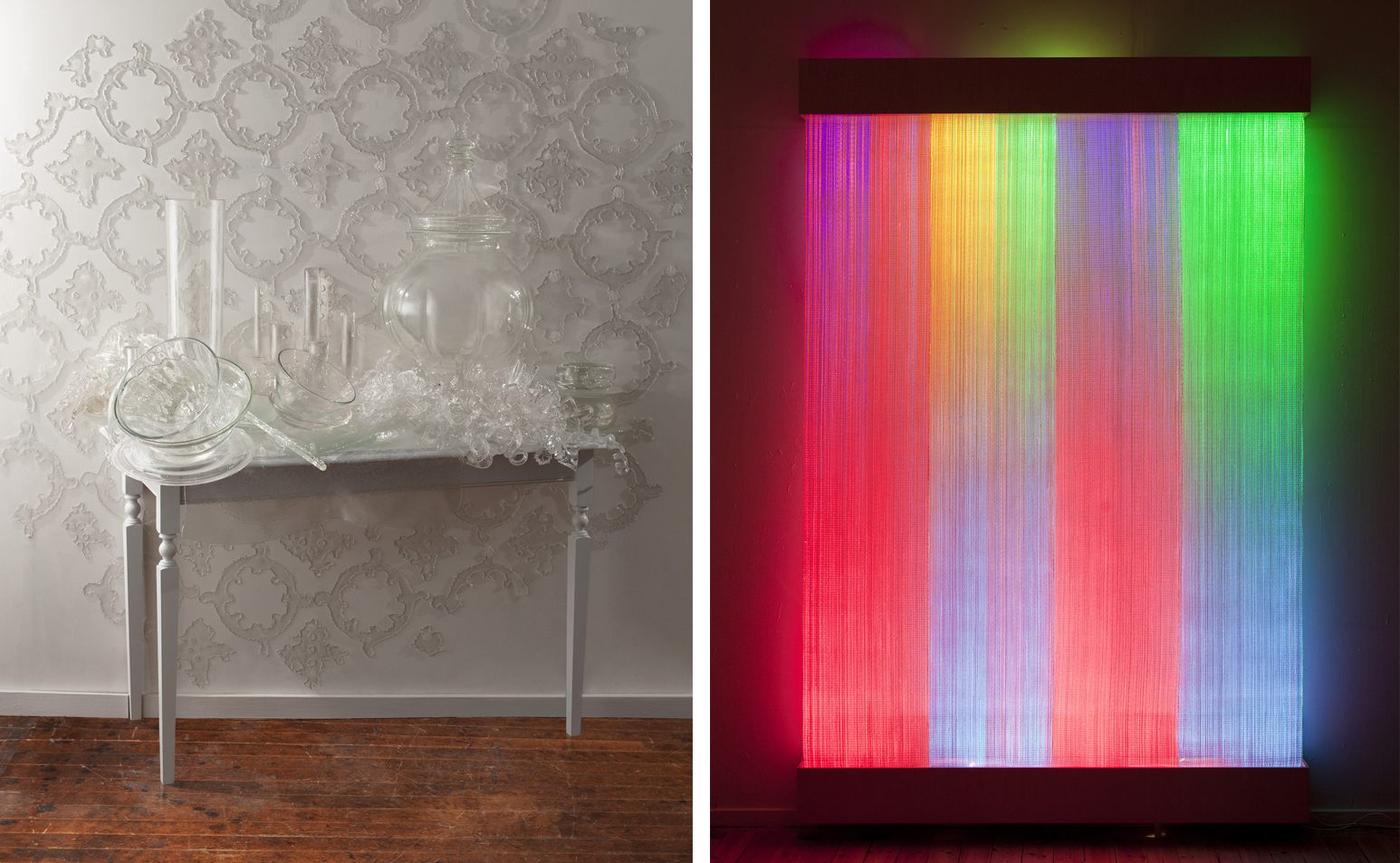
Beth Lipman’s environmental sculptures made with meticulously handled pieces of colorless glass, are on display as part of the exhibition's 'Immersive Object' selection, while Astrid Krogh's optical fibre tapestries are showcased as part of 'Re-Tooled Objects'. Pictured left: Cut Table by Beth Lipman, 2014. Photography courtesy of the Claire Oliver Gallery, NYC. Right: Ikat II by Astrid Krogh, 2011.
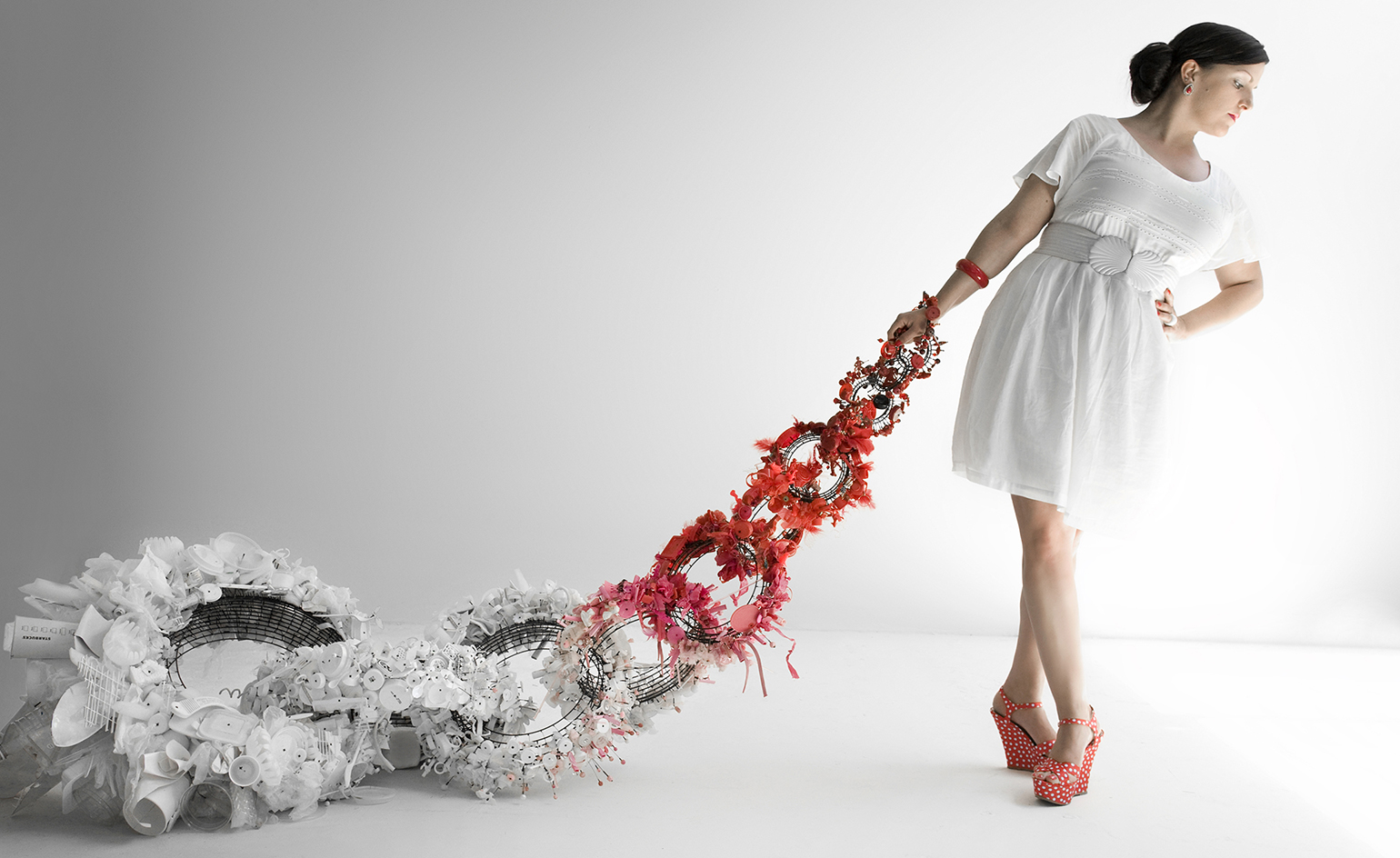
As a permanent record of the exhibition's works and the themes it explores, author and curator Emily Zilber has put together a publication to accompany the show. Pictured: Drag Photograph by Susie Ganch, 2013.
ADDRESS
Museum of Fine Arts
Boston Avenue of the Arts
465 Huntington Avenue Boston
Massachusetts 02115
Receive our daily digest of inspiration, escapism and design stories from around the world direct to your inbox.
Ali Morris is a UK-based editor, writer and creative consultant specialising in design, interiors and architecture. In her 16 years as a design writer, Ali has travelled the world, crafting articles about creative projects, products, places and people for titles such as Dezeen, Wallpaper* and Kinfolk.
-
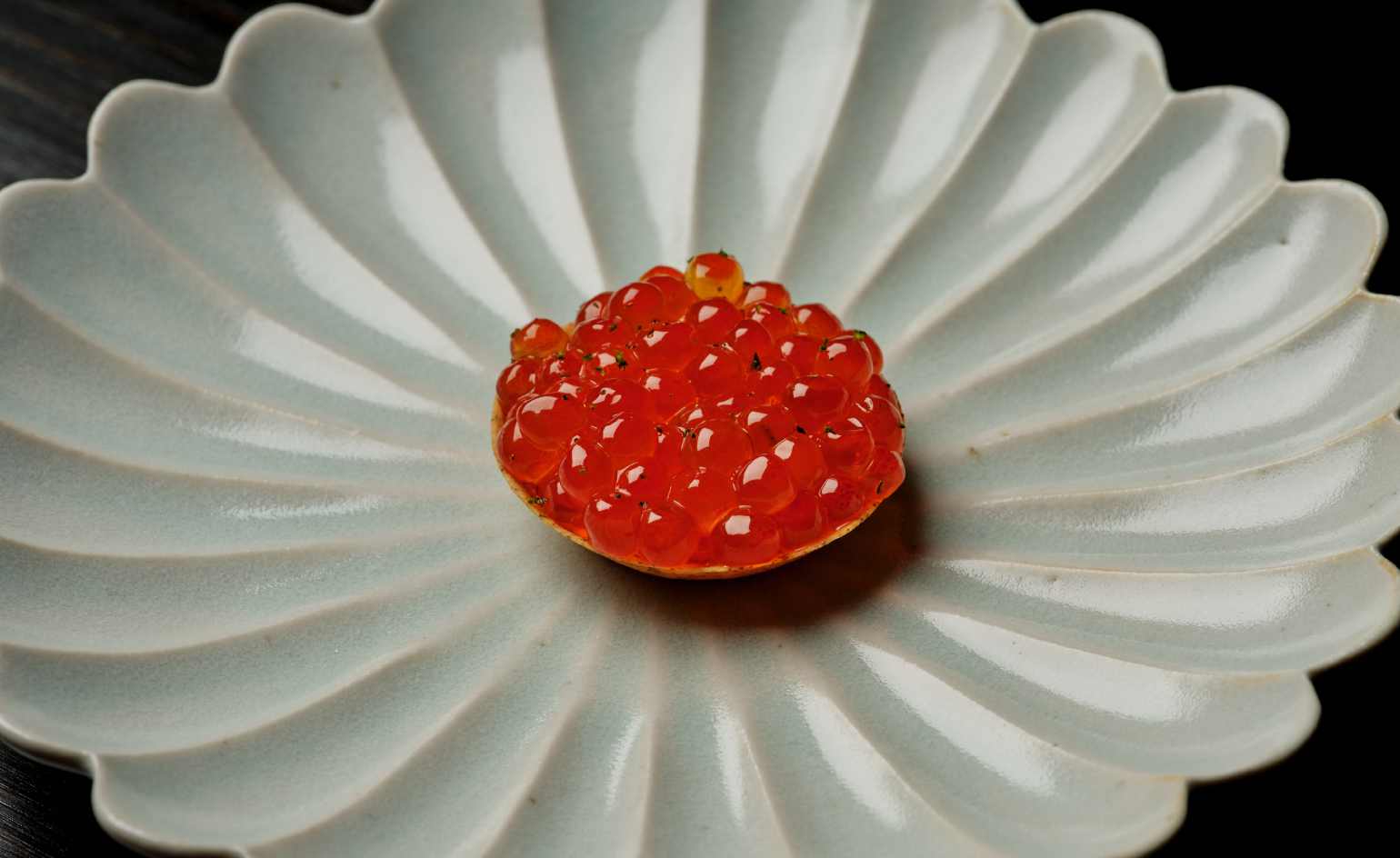 This cult Los Angeles pop-up restaurant now has a permanent address
This cult Los Angeles pop-up restaurant now has a permanent addressChef Brian Baik’s Corridor 109 makes its permanent debut in Melrose Hill. No surprise, it's now one of the hardest tables in town to book
-
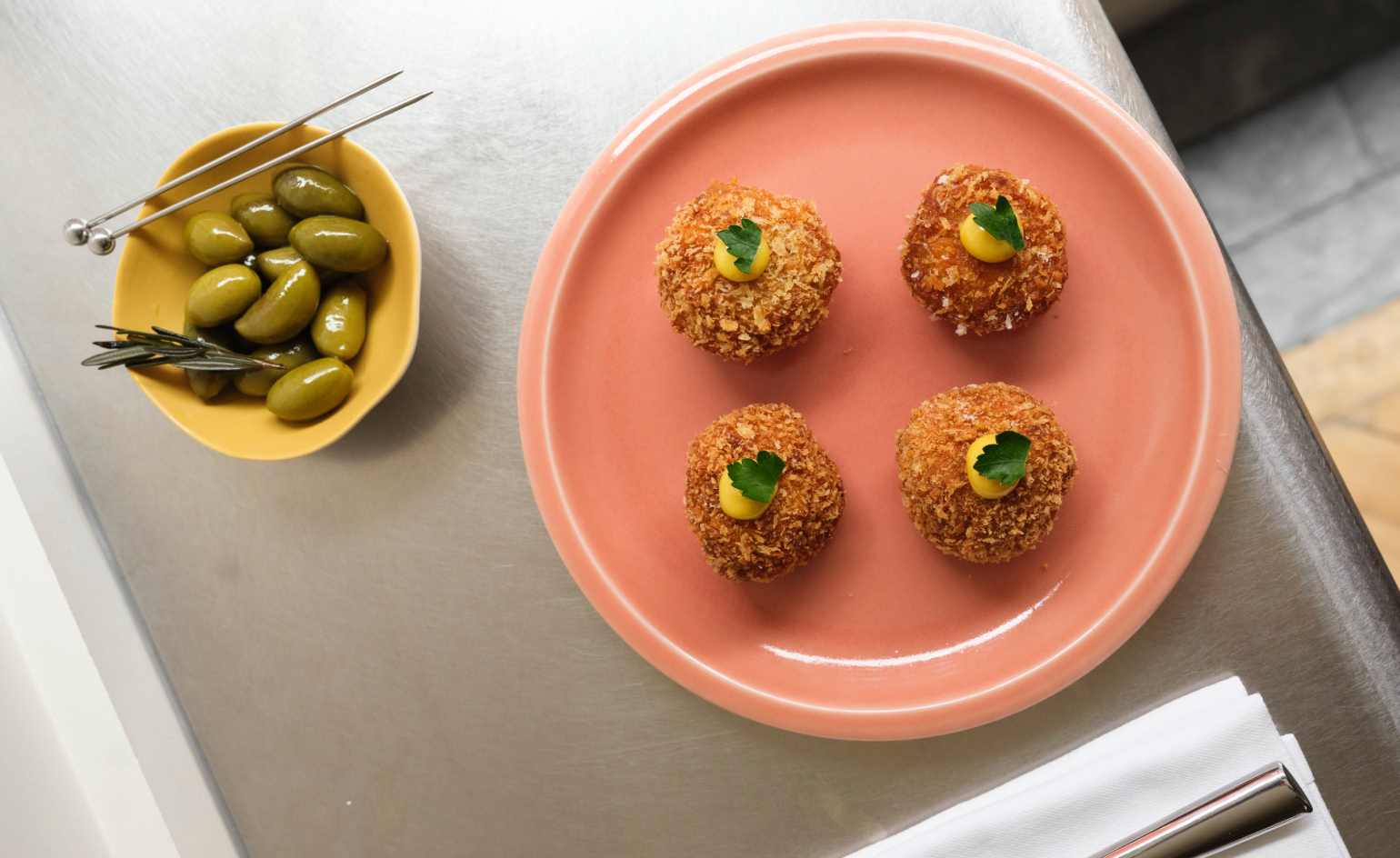 French bistro restaurant Maset channels the ease of the Mediterranean in London
French bistro restaurant Maset channels the ease of the Mediterranean in LondonThis Marylebone restaurant is shaped by the coastal flavours, materials and rhythms of southern France
-
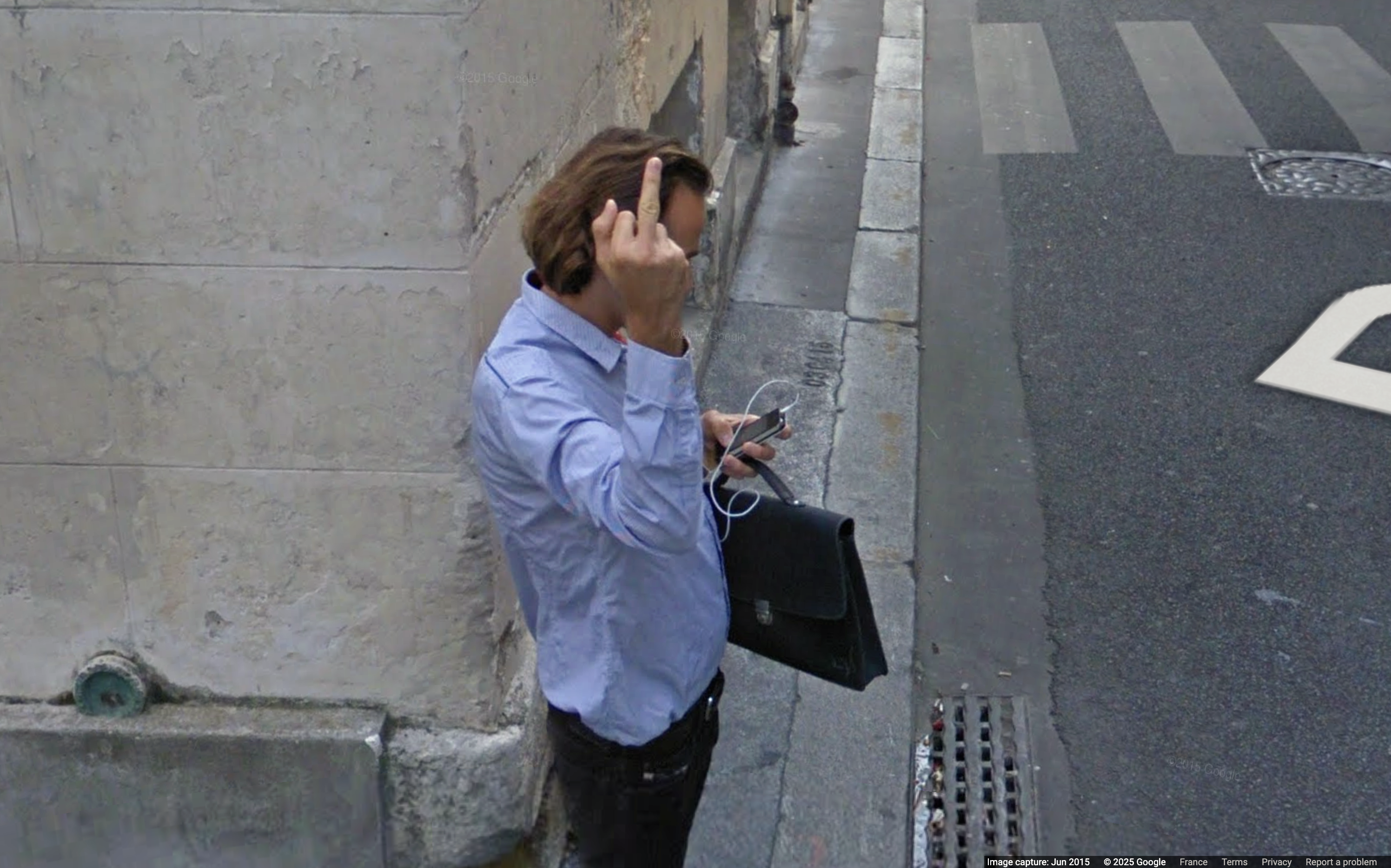 How ethical is Google Street View, asks Jon Rafman in Copenhagen
How ethical is Google Street View, asks Jon Rafman in CopenhagenIn 'Report a Concern - the Nine Eyes Archives' at Louisiana Museum of Art, Copenhagen, Jon Rafman considers technology's existential implications
-
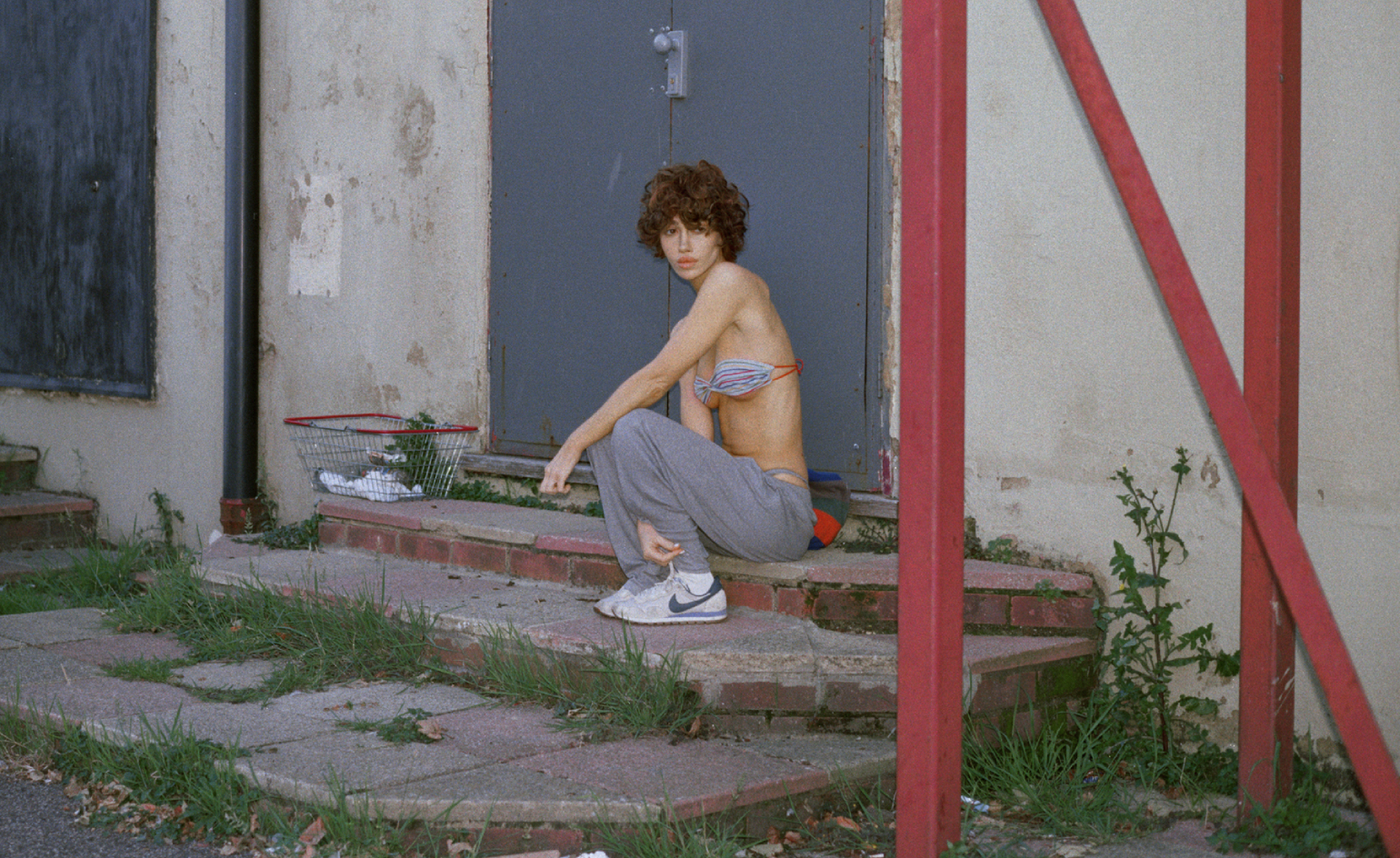 Nadia Lee Cohen distils a distant American memory into an unflinching new photo book
Nadia Lee Cohen distils a distant American memory into an unflinching new photo book‘Holy Ohio’ documents the British photographer and filmmaker’s personal journey as she reconnects with distant family and her earliest American memories
-
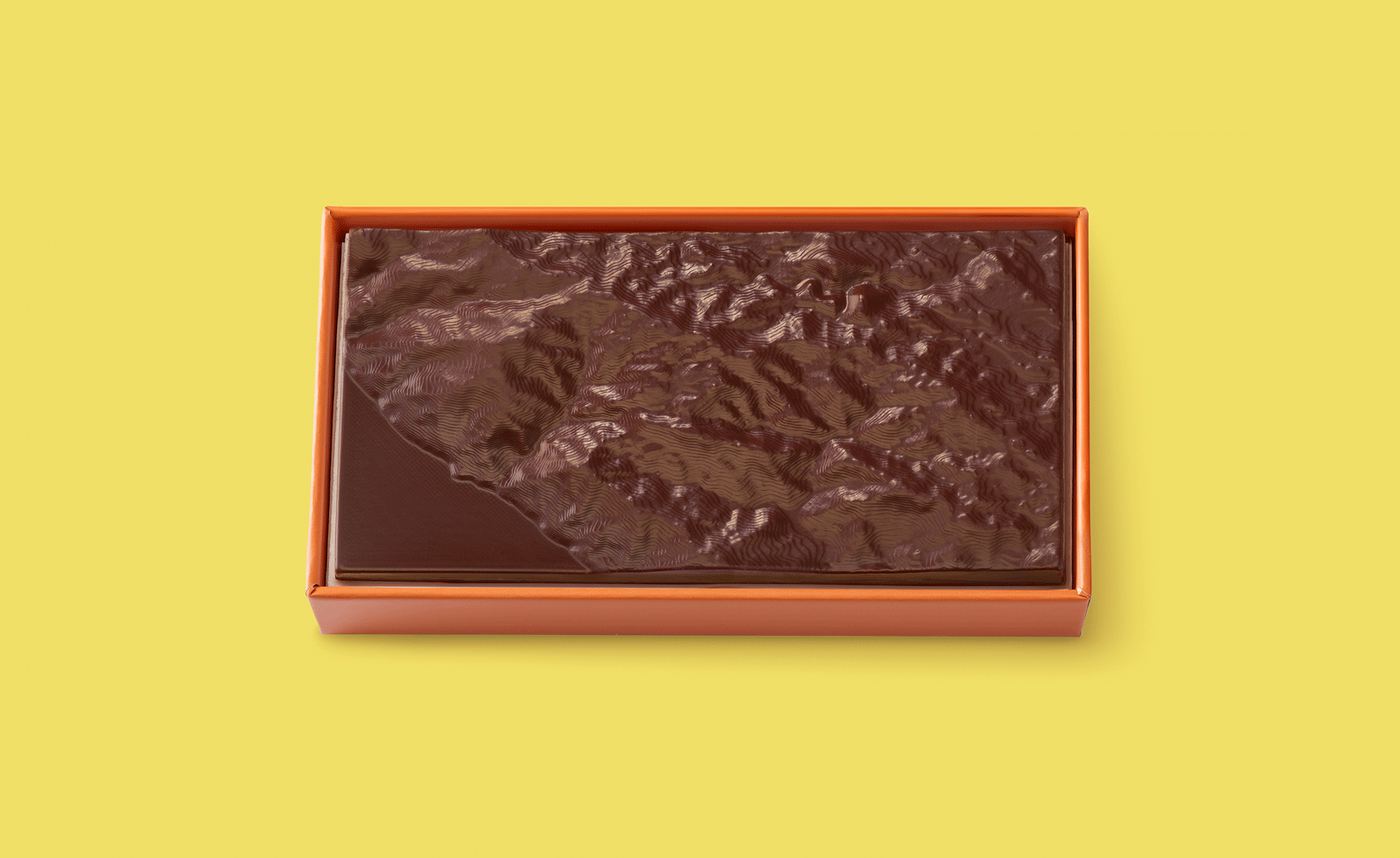 Ed Ruscha’s foray into chocolate is sweet, smart and very American
Ed Ruscha’s foray into chocolate is sweet, smart and very AmericanArt and chocolate combine deliciously in ‘Made in California’, a project from the artist with andSons Chocolatiers
-
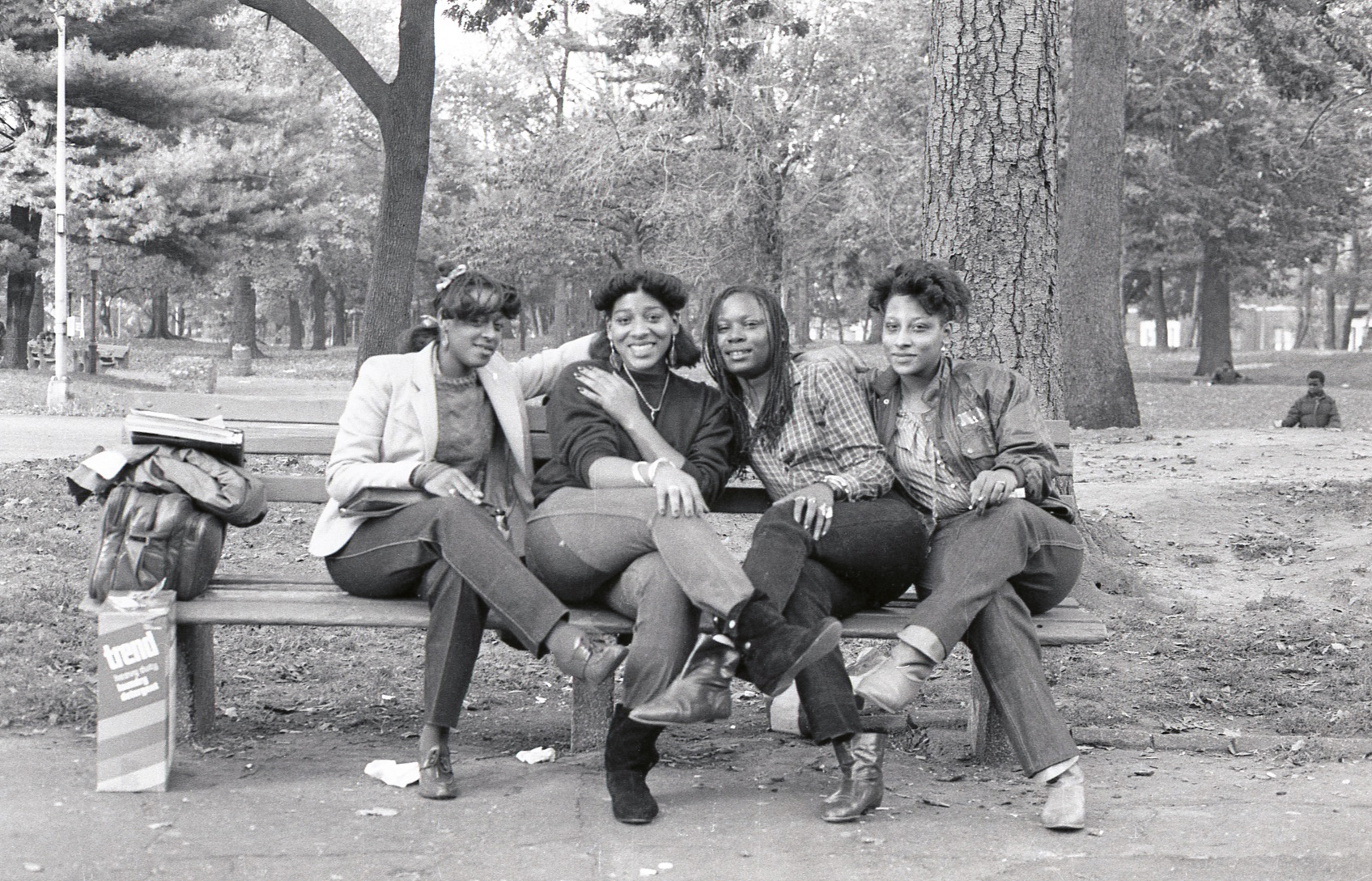 Jamel Shabazz’s photographs are a love letter to Prospect Park
Jamel Shabazz’s photographs are a love letter to Prospect ParkIn a new book, ‘Prospect Park: Photographs of a Brooklyn Oasis, 1980 to 2025’, Jamel Shabazz discovers a warmer side of human nature
-
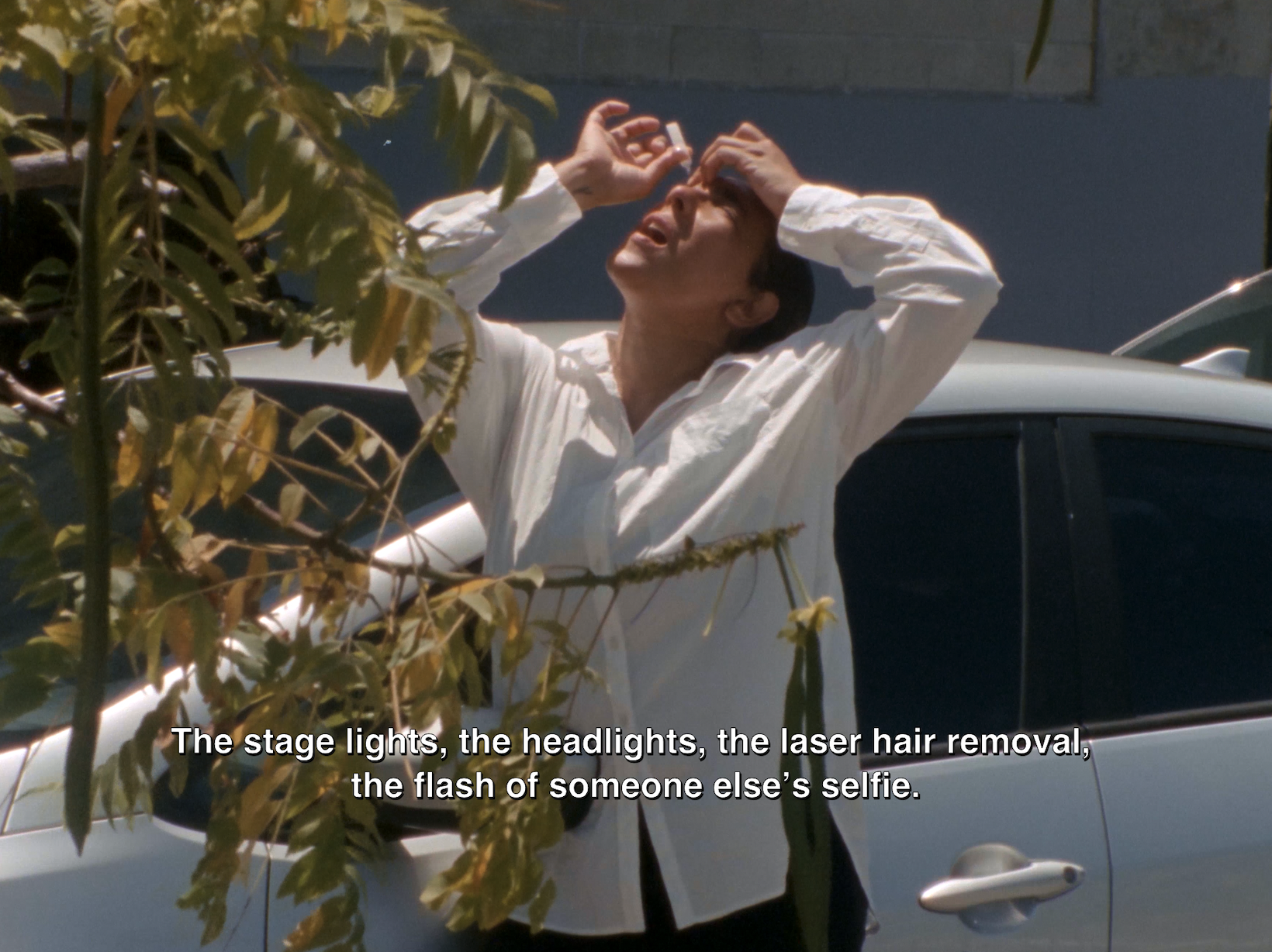 The Hammer Museum in Los Angeles launches the seventh iteration of its highly anticipated artist biennial
The Hammer Museum in Los Angeles launches the seventh iteration of its highly anticipated artist biennialOne of the gallery's flagship exhibitions, Made in LA showcases the breadth and depth of the city's contemporary art scene
-
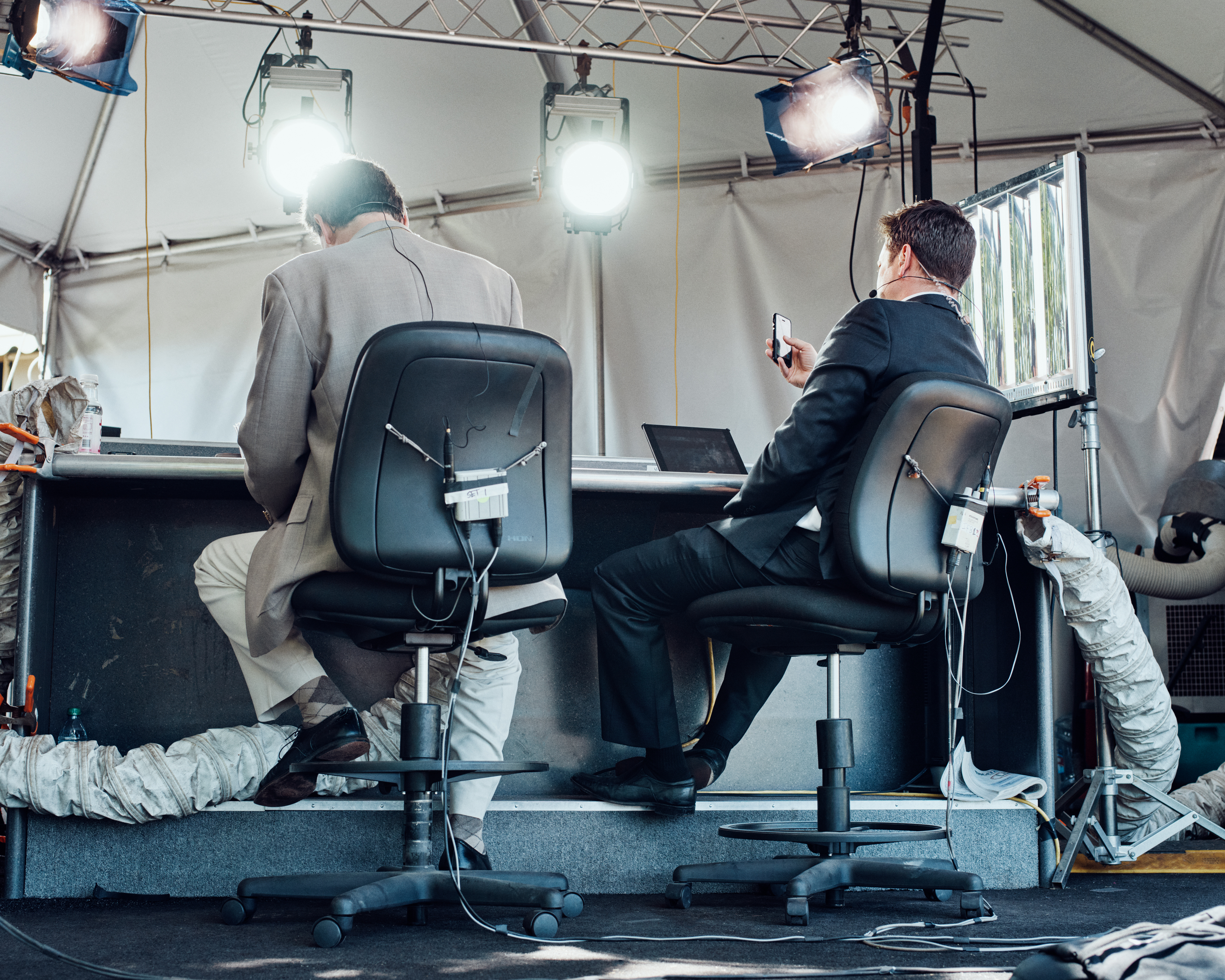 Thomas Prior’s photography captures the uncanny fragility of American life
Thomas Prior’s photography captures the uncanny fragility of American lifeA new book unites two decades of the photographer’s piercing, uneasy work
-
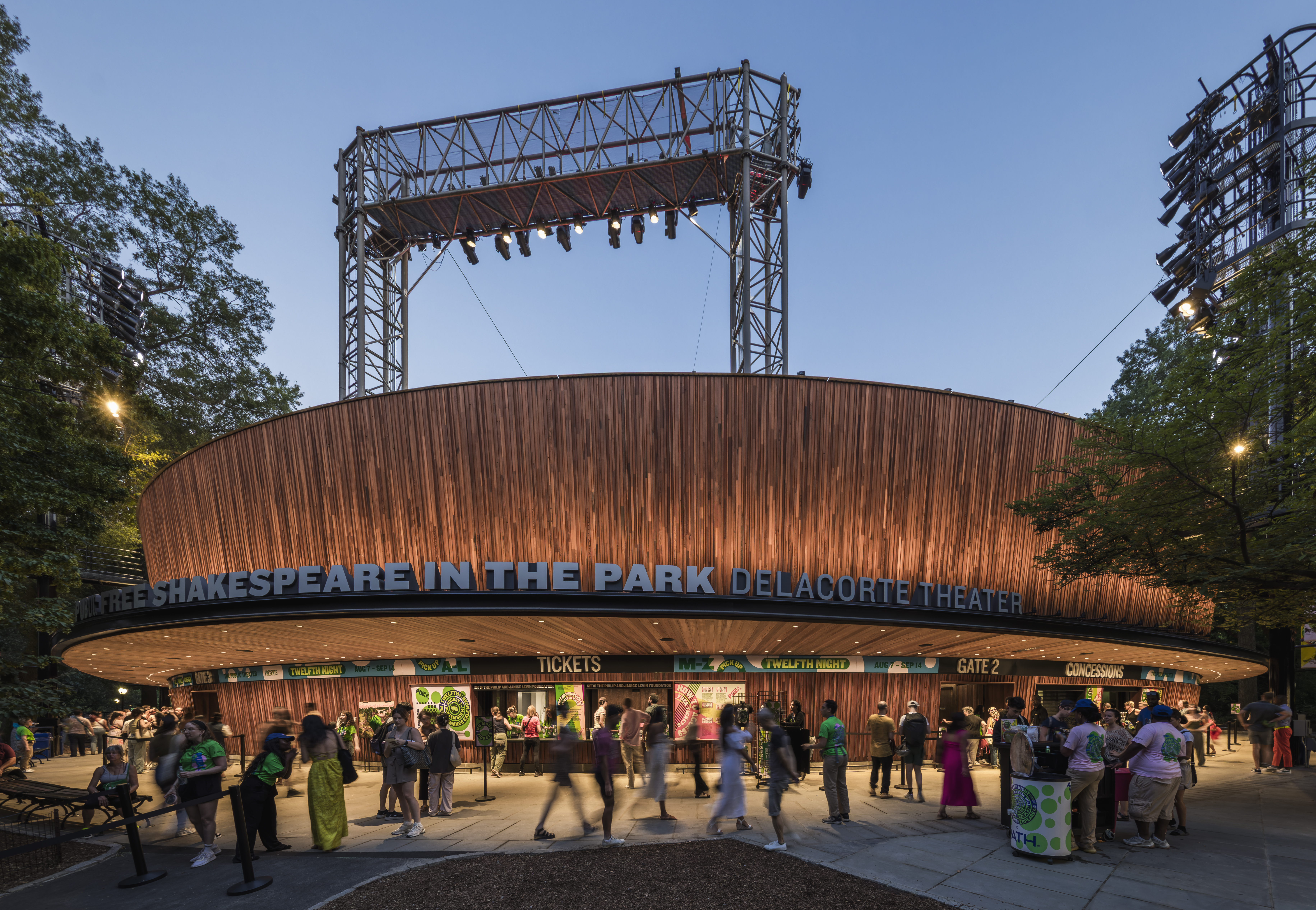 Central Park’s revitalised Delacorte Theater gears up for a new future
Central Park’s revitalised Delacorte Theater gears up for a new futureEnnead Architects helmed an ambitious renovation process that has given the New York City cultural landmark a vibrant and more accessible future
-
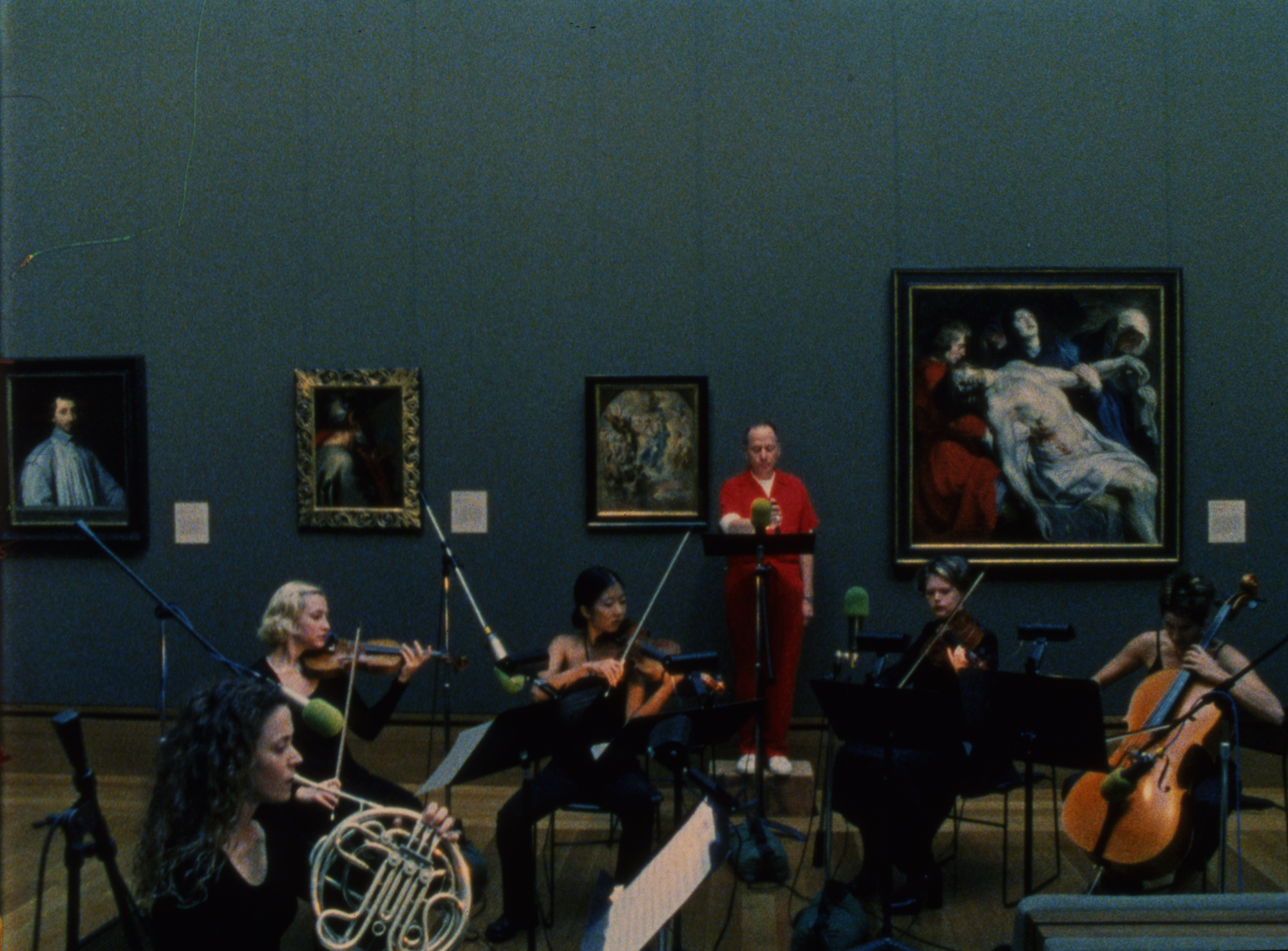 Stephen Prina borrows from pop, classical and modern music: now MoMA pays tribute to his performance work
Stephen Prina borrows from pop, classical and modern music: now MoMA pays tribute to his performance work‘Stephen Prina: A Lick and a Promise’ recalls the artist, musician, and composer’s performances, and is presented throughout MoMA. Prina tells us more
-
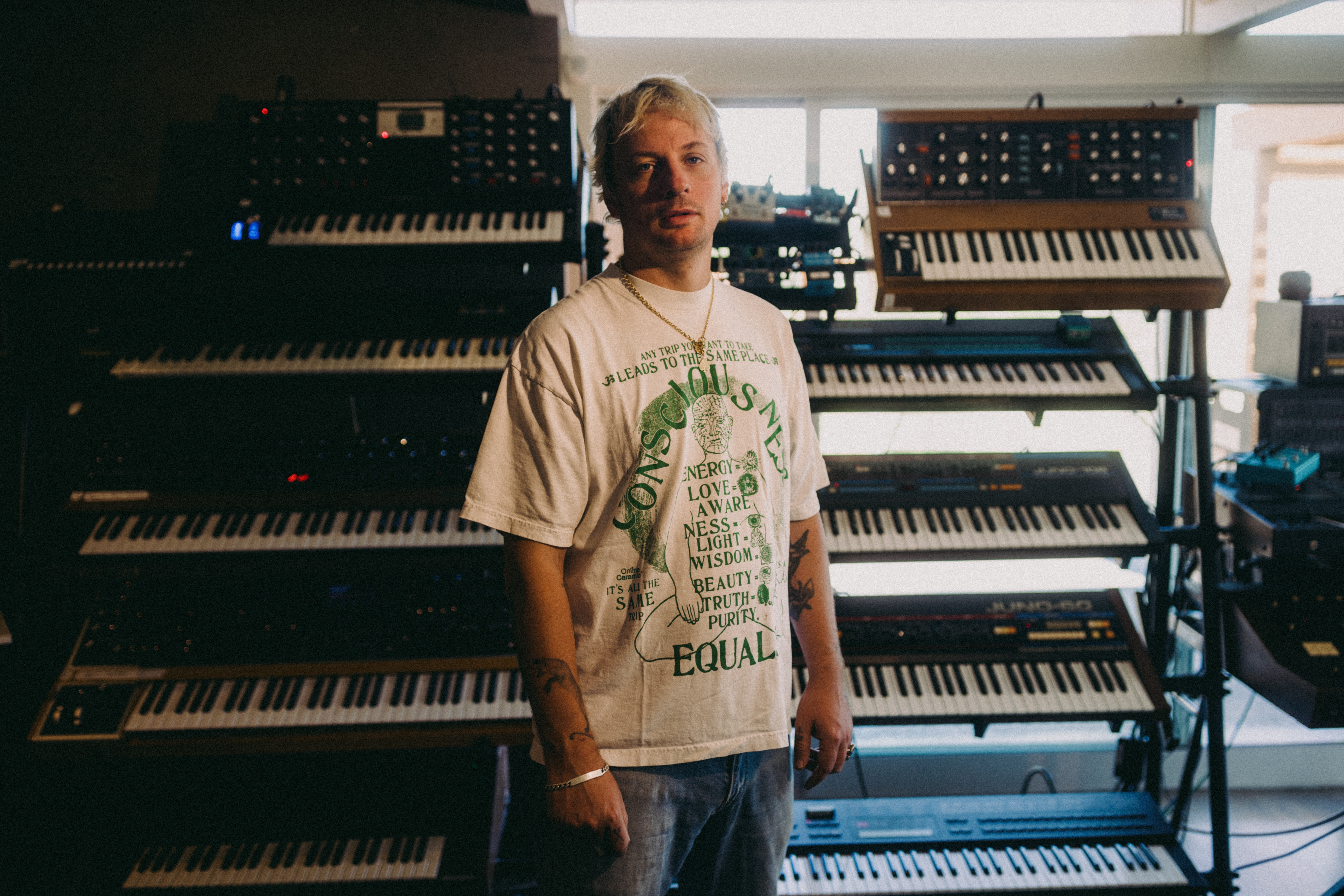 Curtains up, Kid Harpoon rethinks the sound of Broadway production ‘Art’
Curtains up, Kid Harpoon rethinks the sound of Broadway production ‘Art’He’s crafted hits with Harry Styles and Miley Cyrus; now songwriter and producer Kid Harpoon (aka Tom Hull) tells us about composing the music for the new, all-star Broadway revival of Yasmina Reza’s play ‘Art’